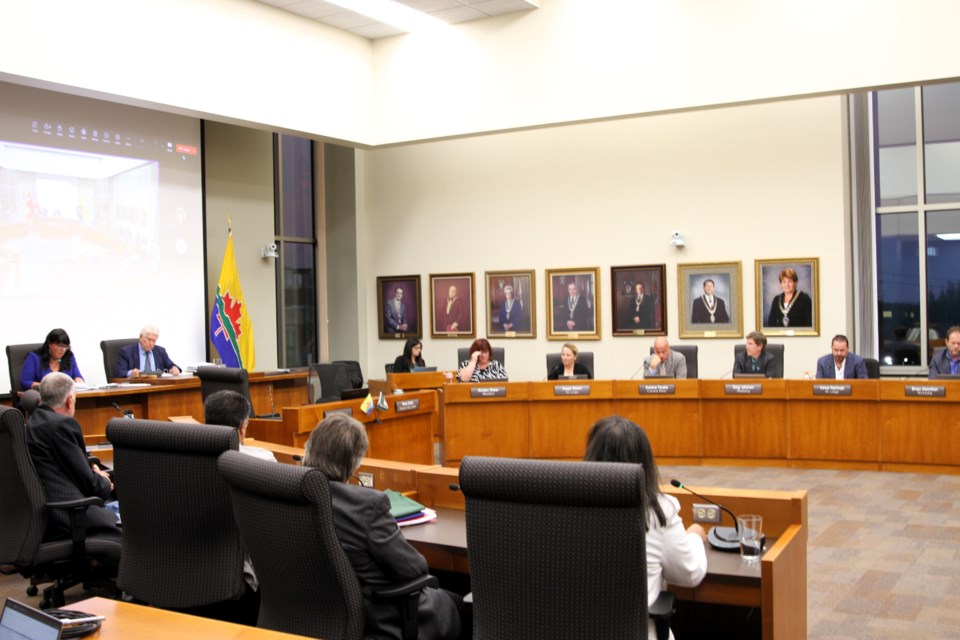THUNDER BAY – City council has deferred a decision on what to do with the historic James Whalen tugboat.
On Monday night, city staff was set to present four options that could see the tugboat recycled or displayed on dry land at a significant cost.
According to the Manager of Parks and Open Spaces Corey Halverson, the report was taken off the agenda to gather further information and feedback from stakeholders.
“When the report went public, we did get some input and feedback from a few stakeholders in the community in relation to the proposed option and recommendation.
"We wanted to take some time as the information they gave us requires a little bit of review,” Halverson told TBnewswatch.
“We want to take a look at exactly what's being brought forward.
"[We want to] Make sure we understand the context and how it relates to the proposed recommendation that we were bringing forward so that we can put the clearest option possible forward to council the first time they consider it.”
Halverson explained that he would look at additional options that were presented by stakeholders for more ways to preserve as much of the tugboat as possible, while still meeting the intended recommendation.
Moored for years at the Kam River Heritage Park near Syndicate Avenue, in May 2022, the tug sprung a devastating leak, submerging the vessel for several months.
It was lifted and relocated near the James Street Swing Bridge.
The city paid a contractor nearly $800,000 to move the boat and store it securely for the next two years while longer-term options were explored.
The report recommended recycling the boat into parts preserving the bridge, stack, and some railings for a future display.
Halverson said, “Our original recommendation was for the bridge - sort of the wheelhouse area - and the stack, which is some of the key components that you would typically see preserved. And then, we were considering some of the sections of the railing.”
“That was our recommendation. So, to go beyond that, to go into trying to preserve larger portions of the deck, things like that, that's what we need to take a little bit more time to evaluate what kind of impact that might have on the recycling component and the overall cost of that.”
The report stated that the total cost to the city would be $540,000; however, that can change as he re-evaluates the project.
“I think our original recommendation was based on a typical situation for that type of asset and the type of display you would see in other locations.
"Now we're just looking at maybe some of the specific context in relation to the heritage value of this type,” Halverson pointed out.
Another option on the table was returning the James Whalen to Kam River Heritage Park, displaying it on the shoreline.
Both options included additional expenses, such as the revitalization of the park itself.
City staff acknowledged the Kam River Heritage Park has been hard to maintain for years, with amounts of discarded needles and garbage strewn about the green space, while vandalism to both the tug and the VIA Train has made it difficult for the city to protect the assets.
Installation of the tug on the shoreline would involve dredging the existing shoreline to create a docking area or constructing a new shoreline as an infill area that could cost up to $1.8 million.
Halverson noted, “The big challenge with moving the tug anywhere is how much it weighs.
"It weighs approximately 300 tons. So, in order to lift it intact it's a big exercise. It requires specialized heavy-lifting industrial barges.
"That is the challenge that's linked to every other option other than disassembling it in some shape or form on site.”
However, Kam River Park is one of several locations council could consider as an alternative including the northeast corner of the Pool 6 lands, or at Fisherman’s Park West.
Halverson stated he recommends Fisherman’s Park West as a preferred location for the James Whalen to rest.
A third option council could consider was to sink the boat in Lake Superior as a diving attraction.
“That was an idea that was thrown out early on when we started talking about working on options.
"It is something that is done in other locations. But again, because it included that initial well, even additional repairs and planning for sinking. It has to be a planned operation,” said Halverson.
He explained this option would also involve additional approvals and environmental processes to contend with the overall cost scope.
The total cost for option four would be $1.4 million.
Halverson expects to have the report put back on council agenda for the next meeting on Sept. 16.
This story has been updated to reflect new information.








